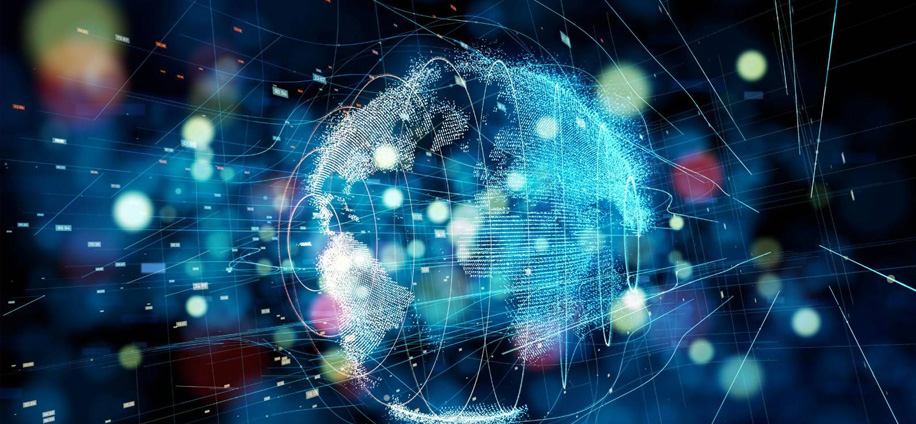
Artificial intelligence is reshaping everything—from healthcare to art to crime. While much of the world is focused on the ethical and commercial applications of AI, a quieter, darker evolution is unfolding in the hidden corners of the internet.
On the dark web, cybercriminals are beginning to harness ChatGPT-style language models and machine learning tools to automate scams, write malicious code, and enhance their operations. This isn’t science fiction—it’s a growing trend that’s shifting how underground actors operate.
Are they really using ChatGPT? Or are they building their own tools? And what does it mean when AI becomes just another weapon in the cybercrime arsenal?
OpenAI and other AI developers have implemented moderation systems to prevent abuse. If you ask ChatGPT to help build ransomware, it will refuse. But criminals are creative—and determined.
Some cybercriminals try to trick public AI tools into providing help by:
While this works occasionally, it’s inconsistent—and increasingly monitored. So instead of relying on OpenAI, many are building clones or using open-source alternatives.
Open-source models like GPT-J, LLaMA, and GPT-NeoX allow anyone to run ChatGPT-like systems offline. Dark web actors have:
These models don’t rely on any external servers, meaning no oversight, no restrictions, and full control over how they’re used.
AI is no longer experimental—it’s actively being integrated into darknet business models, expanding what lone operators and small groups can accomplish.
Language models can generate:
In the past, crafting these required skill. Now, it takes a few well-written prompts.
AI chatbots are being deployed in:
These tools dramatically reduce the time and labor cost of running scams, making them more scalable than ever.
AI is being used to manage darknet marketplaces, with features such as:
Market admins are treating their platforms like startups—except the product is crime.
On forums like Dread, Exploit.in, RAMP, and BreachForums (before takedown), users have openly discussed:
Some posts offer tutorials on how to fine-tune models for cybercrime. Others sell pre-built AI bundles marketed as “HackerGPT” or “DarkGPT”—though many of these are scams themselves.
The rise of AI on the dark web isn’t just a technical issue—it’s a societal one.
Previously, cybercrime required skill. With AI, almost anyone can:
AI is democratizing crime, which may lead to an explosion of low-skill, high-volume attacks.
AI-generated content is harder to detect than traditional phishing or malware. Emails are grammatically perfect. Scam scripts mimic real conversation. Code is obfuscated.
Security firms now need AI-powered detection tools just to keep up. It’s becoming an arms race.
Open-source AI was meant to encourage innovation and transparency. But now, forums debate whether these tools should be restricted or licensed, as bad actors exploit them for harm.
Some developers have begun inserting “ethical tripwires” into open-source code. Others argue that’s censorship.
AI won’t replace cybercriminals—it will enhance them. As models grow stronger and easier to deploy, the dark web will host more automated criminal services, AI-generated disinformation, and synthetic fraud operations.
Expect to see:
The future of cybercrime isn’t just hidden—it’s automated.